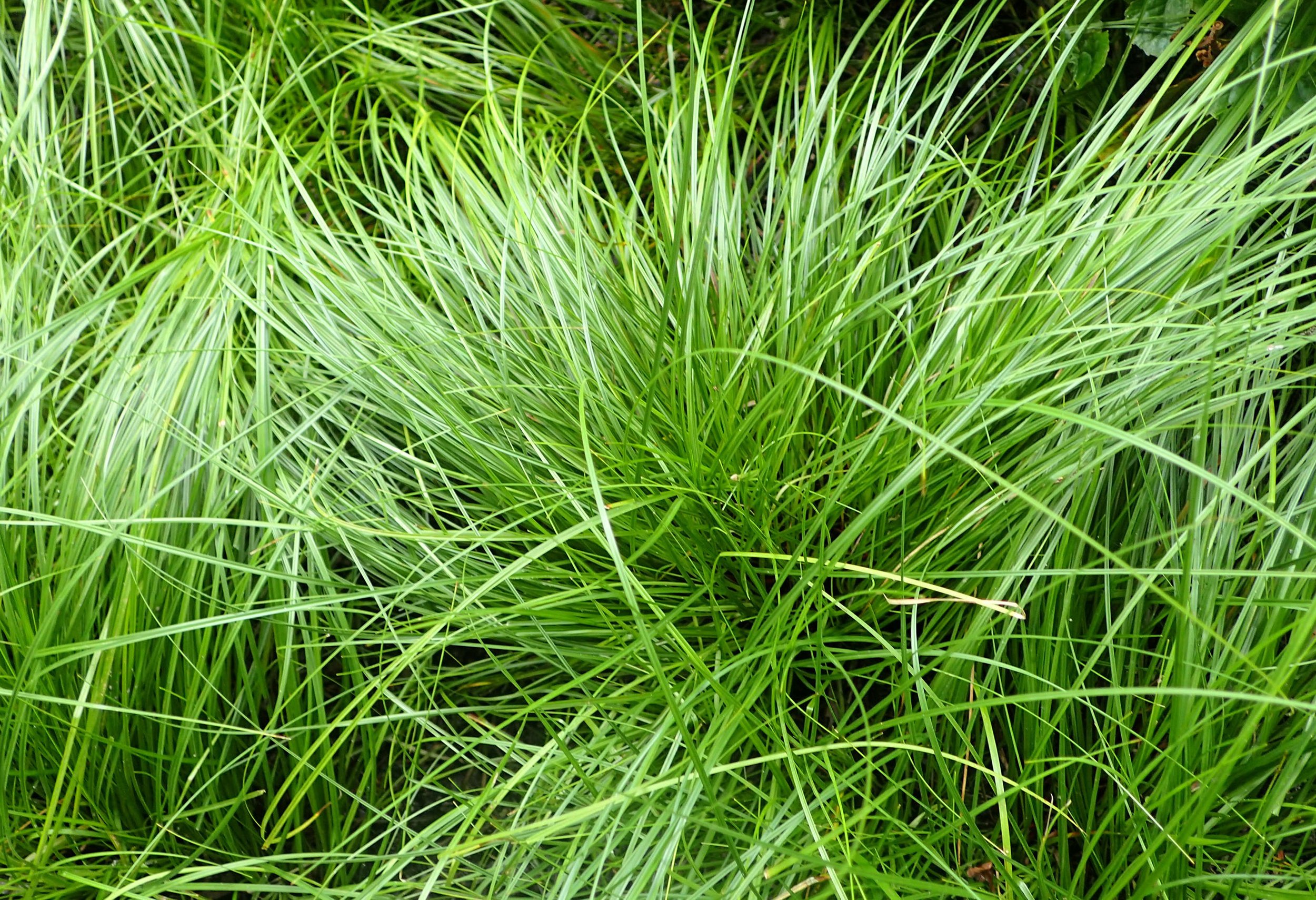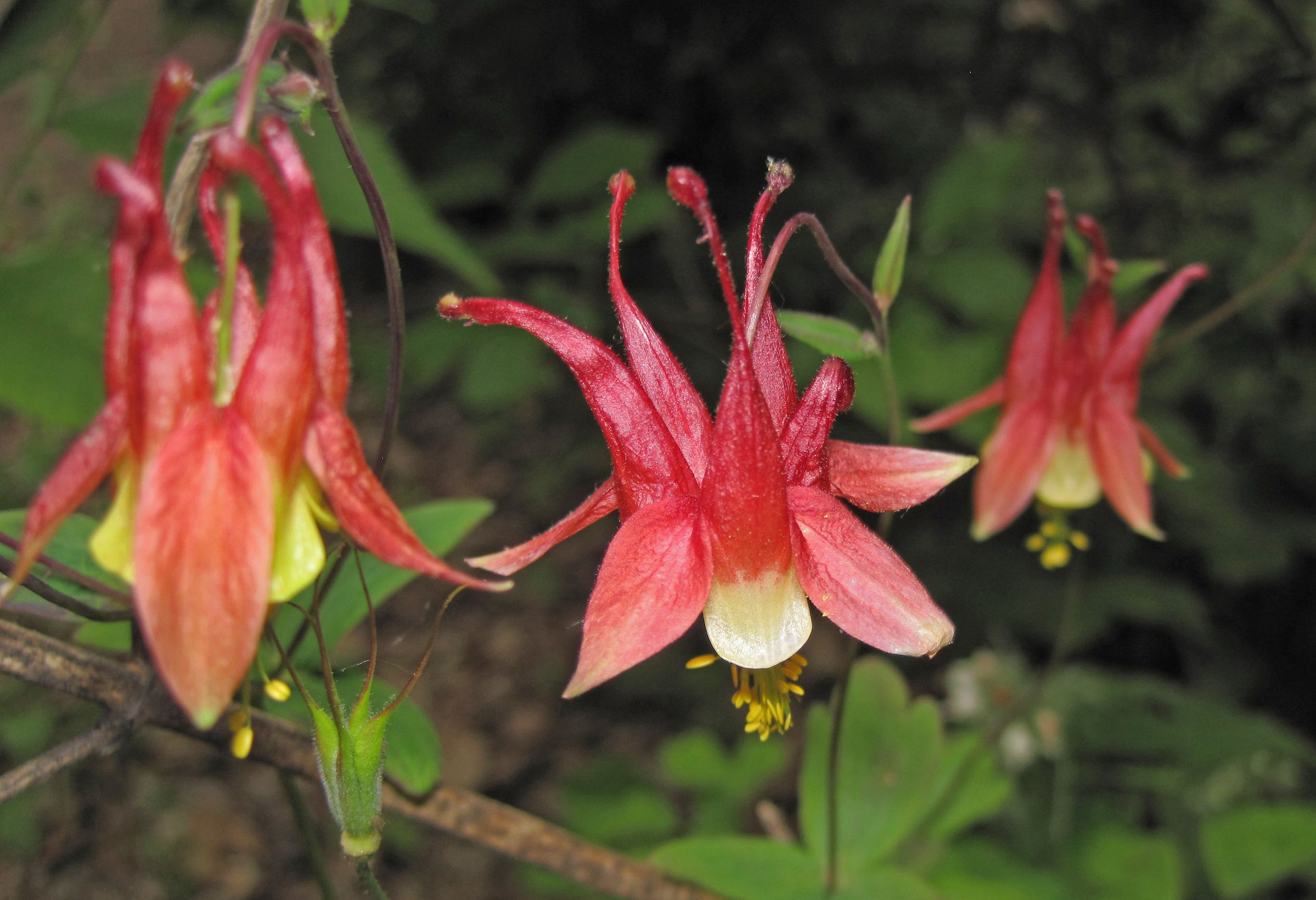Five Essential Native Plants for Dry Shade
Wild columbine (Aquilegia canadensis). Photo by James St. John - CC BY 2.0.
Do you have spotty turfgrass, sad hostas or unsightly patches of bare cracked dirt? You may have a dry shade problem. Whether it’s under the eaves of your home or the maple tree in the parkway, stretches of your yard that don’t see much rain or sunlight can present challenges for turfgrass and many popular perennials.
Luckily, there are a variety of plants native to the Chicago area that figured out the whole dry shade thing thousands of years ago. Whether you’re looking for beautiful blooms, shrubs or groundcover, there are native plants that can help solve your dry shade issues.
Pennsylvania sedge (Carex pensylvanica). Photo by Krzysztof Ziarnek, Kenraiz - CC BY-SA 4.0.
Ground Cover: Pennsylvania Sedge (Carex pensylvanica)
Pennsylvania sedge (also called common oak sedge) forms dense mats through underground rhizomes, making it a perfect ground cover or turfgrass lawn replacement for lightly trafficked areas. In the wild this super sedge is found in mesic (a fancy word for medium moisture) and dry woods, where you can find it tolerating drought and nearly any soil condition. It also stays green into winter, dying back only during very cold stretches.
Wild columbine (Aquilegia canadensis). Photo by James St. John - CC BY 2.0.
Spring Bloom: Wild Columbine (Aquilegia canadensis)
Wild columbine’s beautiful round-lobed leaves are often overshadowed by its striking red and yellow bell-shaped flowers, which feed bumblebees and even ruby-throated hummingbirds in spring and early summer. Reaching up to three feet tall, this plant is highly adaptable to a wide range of soil and light conditions, making it a versatile and attractive addition to your garden.
Big-leaf aster (Eurybia macrophylla). Photo by Krzysztof Ziarnek, Kenraiz - CC BY-SA 4.0.
Fall Bloom: Big-leaf Aster (Eurybia macrophylla)
Big-leaf aster—you guessed it—has big, heart-shaped leaves, with some reaching eight inches across. Mature plants form a low-growing ground cover through underground rhizomes and self-seeding. Come fall, these native plants produce flowers in the familiar aster arrangement (thin petals around a yellow center) but with fewer and more delicate-looking petals. During its four to six week bloom period it supports a wide range of pollinators, including bees, butterflies and beetles.
Bush honeysuckle (Diervilla lonicera). Photo by Rob Routledge, Sault College, Bugwood.org - CC BY 3.0.
Shrub: Bush Honeysuckle (Diervilla lonicera)
Beautiful yellow flowers in summer, striking yellow/orange/red fall color and adapted to dry shade… bush honeysuckle makes us swoon! Not to be confused with the invasive honeysuckles threatening our local woodlands, this native shrub spreads slowly and forms attractive mounds of up to three feet tall and four feet wide, making it a good choice for border plantings. And did we mention it tolerates Chicago’s clay soils?
Virginia creeper (Parthenocissus quinquefolia). Photo by NY State IPM Program at Cornell University - CC BY 2.0.
Vine: Virginia Creeper (Parthenocissus quinquefolia)
Virginia creeper does its thing (creeping) up, down and sideways, with individual plants reaching up to 40 feet in length. This native vine uses tendrils with adhesive tips to attach itself to natural and human-made structures, which means it doesn’t need a support and won't penetrate masonry and other materials like some vines (looking at you, invasive English ivy). Grow it in dry shade as a ground cover, or up a trellis or wall and enjoy the bright red leaves each fall.
Need more help? We offer native plant consultations in Chicago! Reach out to cooper.forsman@cwfng.com for details.






